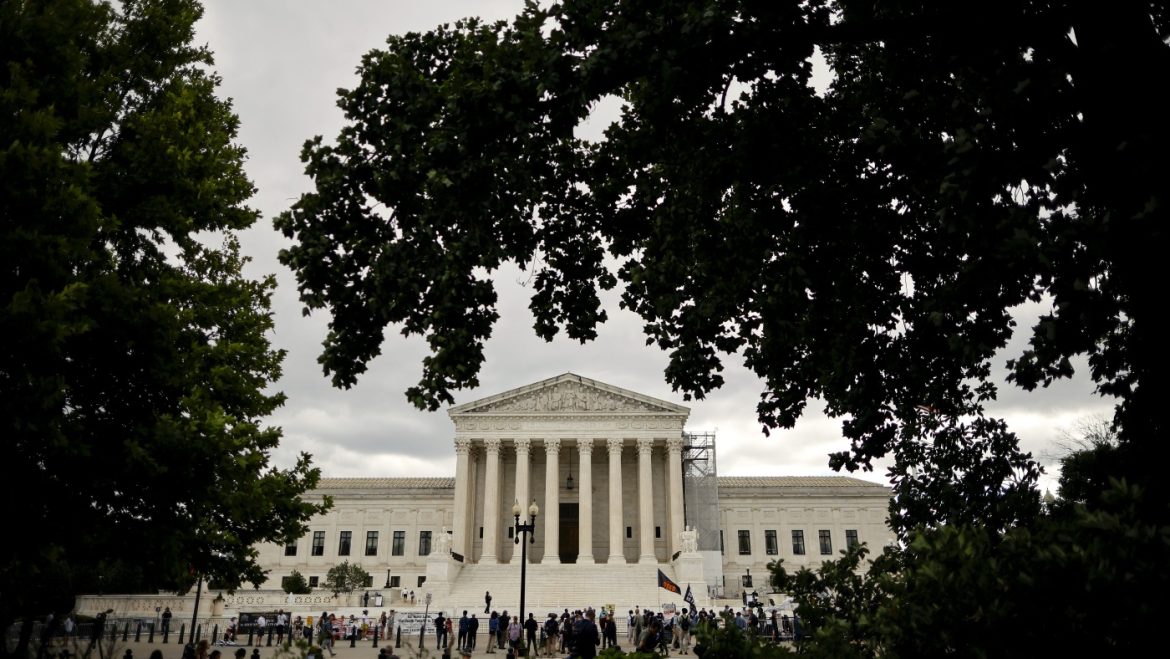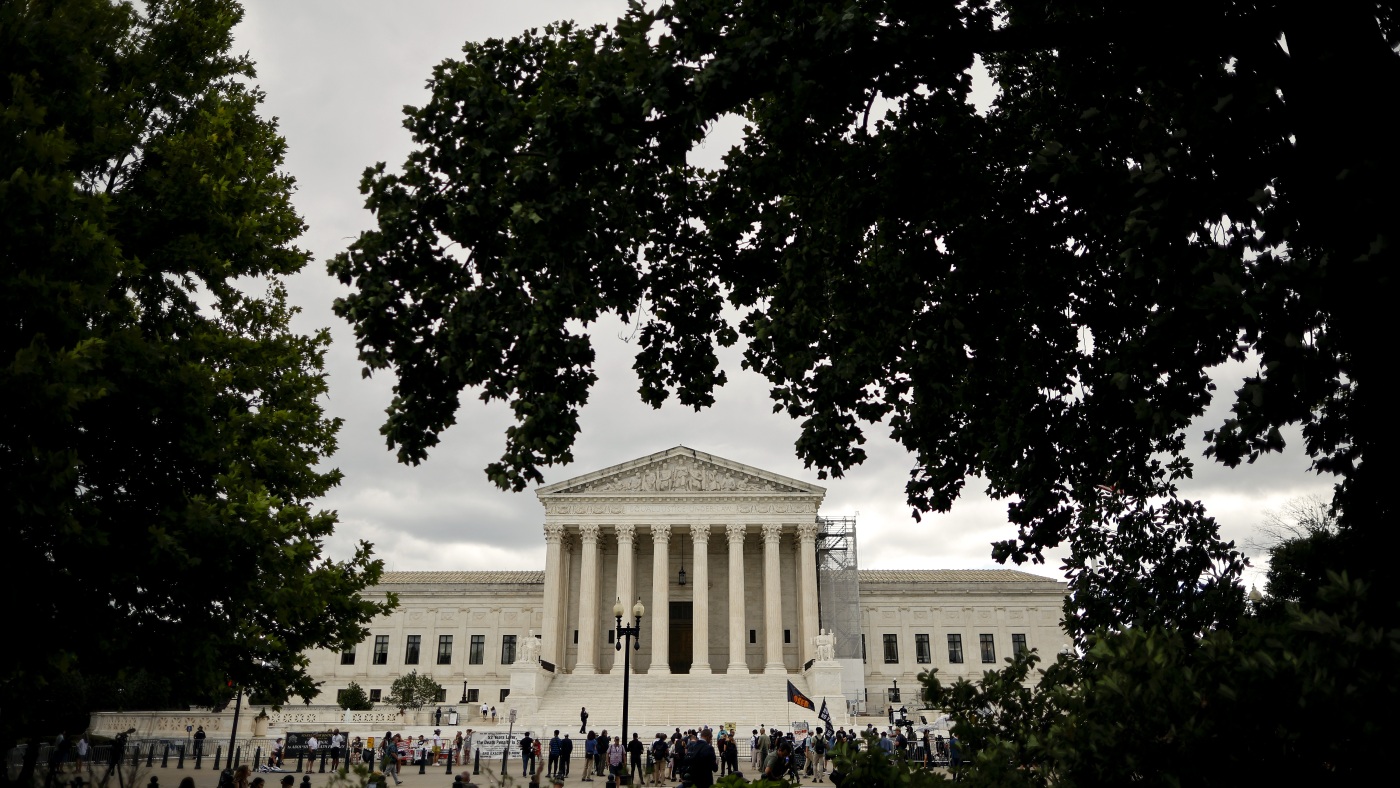The Oklahoma Religious Charter School Controversy: A Legal and Constitutional Examination
In recent times, Oklahoma has become the focal point of a significant legal and constitutional debate surrounding the creation of the nation’s first publicly funded religious charter school. This issue reached a critical juncture when the United States Supreme Court deadlocked 4-4, effectively upholding the Oklahoma Supreme Court’s decision to block the establishment of the St. Isidore of Seville Catholic Virtual School. The controversy highlights the enduring tension between religious freedom and the constitutional principle of separation of church and state. This analysis unpacks the case’s key facets, its legal context, and its broader implications.
—
Context and Background: The St. Isidore of Seville Catholic Virtual School
The St. Isidore Catholic Virtual School was proposed as a publicly funded, tuition-free charter school operating under a religious framework, sponsored by two Catholic dioceses in Oklahoma. It was intended to be the nation’s first religious public charter school, accessible to all students but rooted firmly in Catholic doctrine.
The school’s approval was initially granted by the Oklahoma state charter school board, a decision that ignited immediate opposition from various quarters, including civil rights groups like the ACLU, faith leaders, education advocates, and parents committed to maintaining secular public education. Critics argued that taxpayer funding of a religious charter school would contravene both the federal and state constitutional guarantees concerning the separation of church and state.
—
Legal Disputes and Court Proceedings
The Oklahoma Supreme Court’s Decision
The Oklahoma Supreme Court ruled decisively that state law and the Oklahoma Constitution prohibited the creation of a publicly funded religious charter school. The court found that approving St. Isidore violated:
– The Establishment Clause of the First Amendment of the U.S. Constitution, which forbids government endorsement of religion.
– State Constitutional Provisions that were interpreted to reinforce the separation between church and state in public education funding.
This ruling explicitly invalidated the decision of the state charter school board to approve St. Isidore, emphasizing that charter schools must remain secular institutions serving all students without religious affiliation.
The U.S. Supreme Court Deadlock
The case escalated to the U.S. Supreme Court, which faced a deeply divided bench. The Court’s 4-4 split vote effectively left the Oklahoma Supreme Court’s ruling intact, blocking the establishment of the religious charter school without setting a nationwide precedent.
Justice Amy Coney Barrett recused herself from the case, which contributed to the tie. The case notably drew attention from conservative justices, some of whom signaled potential sympathy toward allowing religious charter schools, but the deadlock prevented a definitive ruling on the constitutionality of such institutions.
—
Constitutional and Social Considerations
The Establishment Clause and Charter Schools
Public charter schools, while publicly funded, operate under different regulations compared to traditional public schools but remain subject to constitutional limitations. The Establishment Clause requires that public funding not support religious instruction or religiously affiliated institutions.
Oklahoma’s constitution similarly enforces this separation by explicitly barring government funds from supporting religious operations, a principle that has been central to the Oklahoma Supreme Court’s reasoning.
The controversy raises a key question: Can a charter school be religious in nature if it receives public funding? Based on Oklahoma’s laws and judicial interpretation, the answer remains no, as allowing this could lead to the state directly funding religious education—a scenario the constitutional framework aims to avoid.
Public Funding and Religious Education
Critics express concern about the use of taxpayer dollars to support religious instruction, viewing it as an erosion of secular public education and potentially discriminatory against students who do not share the sponsored religious beliefs.
Proponents argue such schools can provide valuable educational choices and religious freedom, advocating that parents should have the right to select schools aligned with their beliefs, especially when public funds underlie the school’s operation.
This debate touches on broader issues related to educational equity, the balance of religious freedom with secular governance, and the role of government in education.
—
Broader Implications and Unresolved Questions
The Oklahoma case is likely to remain a touchstone in discussions regarding religion in publicly funded schools. While the U.S. Supreme Court’s deadlock prevented a sweeping national ruling, it underscored the contentious and unresolved nature of this issue.
– Implications for Other States: Oklahoma’s ruling and the split at the federal level may influence other states’ approaches toward religious charter schools, possibly emboldening legal challenges or prompting legislative refinements.
– Future Supreme Court Actions: Changes in Court composition or future cases may revisit this question, potentially establishing new national standards.
– Educational Choice vs. Constitutional Boundaries: The case crystallizes the tension between expanding educational choices for families and preserving constitutional protections.
—
Reflecting on the Decision’s Significance
The denial of St. Isidore’s establishment by both the Oklahoma Supreme Court and the U.S. Supreme Court split serves as a powerful reminder of the delicate balance between religious freedom and secular governance in public education. While advocates for religious charter schools may view the decision as a setback, it emphasizes adherence to constitutional principles ensuring government neutrality in religious matters.
This case signals that, despite evolving societal attitudes toward religion and education, constitutional frameworks remain a robust check against the intermingling of state resources and religious instruction. Consequently, it invites ongoing dialogue on how best to respect both individual religious liberties and collective secular values within public institutions.
—
Conclusion: Navigating Church and State in Education
The Oklahoma religious charter school dispute encapsulates a complex intersection of constitutional law, religious freedom, public education policy, and social values. The Supreme Court’s split ruling left the status quo intact, reinforcing the principle that public charter schools must be secular to qualify for taxpayer funding under current laws.
As the nation grapples with questions about educational choices and religious inclusion, Oklahoma’s experience stands as a cautionary tale and a legal precedent on the limits of religious involvement in publicly funded education. The conversation sparked by this case is far from over. Future courts, legislatures, and communities will continue to wrestle with how to honor freedom of religion while safeguarding secular public education’s foundational principles.


